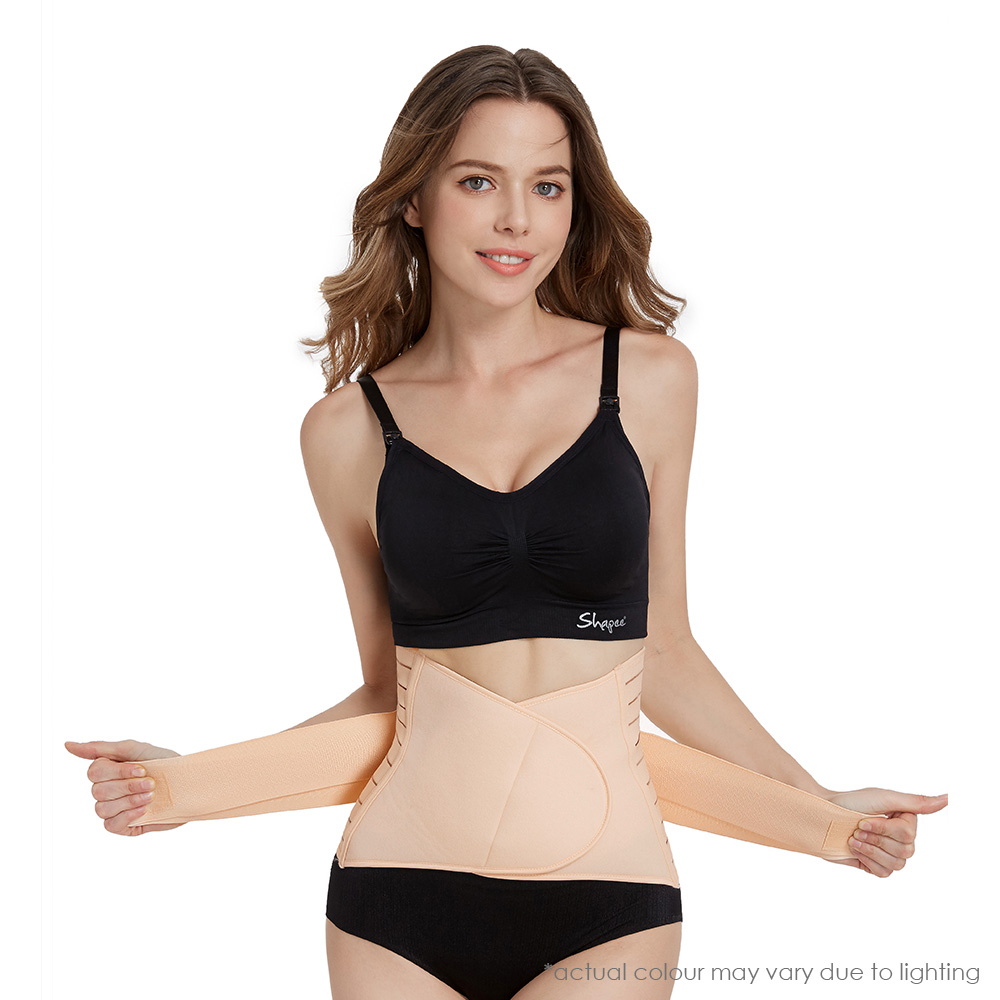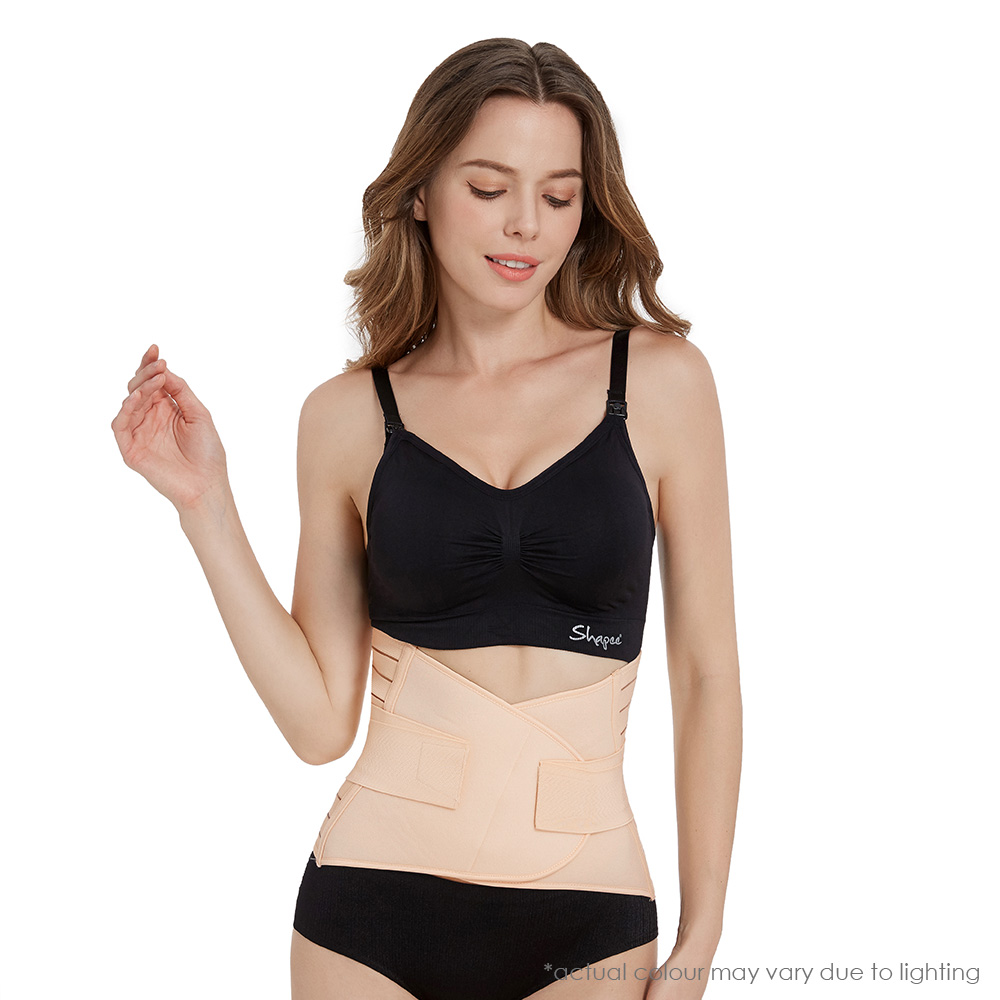Shapee Your Way to Confidence: Understanding the Benefits and Proper Use of Belly Wraps
Understanding the Role of Belly Wraps in Shaping Your Waistline

The Basics of Belly Wraps: What You Need to Know
Belly wraps, designed to slim the waistline by compressing the abdomen and supporting core muscles. Commonly used after pregnancy or during weight loss, they can improve posture and provide back support. Available in styles ranging from elastic bands to structured corsets, these wraps are most effective when paired with a healthy diet and exercise, as they are not a standalone solution for weight loss.
How Belly Wraps Can Aid in Waistline Shaping
Belly wraps shape the waistline by providing compression to reduce bloating and water retention, offering an instant slimming effect. They support core muscles, improving posture and enhancing the waist's definition. When used during exercise, they boost sweating in the abdominal area for temporary water weight loss and serve as a reminder to maintain good posture and engage the core, promoting a toned midsection over time.
How to Choose and Use Belly Wraps for Optimal Results
Selecting the Right Belly Wrap for Your Body
To choose the right belly wrap, consider your body type and needs. Postpartum mothers should opt for wraps designed for recovery, while others can select based on waist size and desired compression. Prioritize breathable materials to prevent irritation and adjustable designs for a customizable fit. A good wrap should feel snug but comfortable, not overly tight.
Step-by-Step Guide to Applying Belly Wraps
-
Start with clean, dry skin: Ensure your skin is free of sweat or oils to avoid irritation and improve the wrap's effectiveness.
-
Stand up straight with good posture: Maintain an upright posture to help the wrap fit properly and provide optimal support to your core.
-
Place the wrap around your waist: Position the wrap at the desired area on your waist for effective compression, usually around the abdomen.
-
Secure the wrap: Fasten the wrap starting at the bottom, gradually working your way up for a smooth, even fit.
-
Adjust for comfort: Make sure the wrap is snug but not restrictive, allowing you to breathe easily and move comfortably.
-
Wear for the recommended time: Start with 2-3 hours per day and gradually increase wear time as your body adjusts to the compression.

Tips for Maintaining and Enhancing Your Results
For maximum benefit, pair your belly wrap with a healthy lifestyle. Eat a balanced diet, stay hydrated, and engage in regular exercise, especially core workouts, to enhance the wrap's effects. Consistency is important of using the wrap regularly but avoid over-reliance. Allow your body to naturally strengthen by taking breaks. Remember, belly wraps are a supportive tool, not a long-term solution.
Overcoming Challenges: Best Practices and Common Mistakes to Avoid
Common Drawbacks When Using Belly Wraps
Common mistakes with belly wraps include wearing them too tightly, which can cause discomfort, breathing issues, or digestive problems, and overusing them, which may weaken core muscles and create dependency. Additionally, expecting instant results can be misleading. Belly wraps are not a quick fix; they work best when combined with a balanced diet and regular exercise. Avoid relying on them as a substitute for healthy habits to prevent disappointment.

How to Troubleshoot Your Waistline Shaping Journey
If you're not seeing results, first ensure the wrap fits properly and you're using it correctly for the recommended time. If discomfort continues, try a different style or material for better comfort. Also, evaluate your lifestyle which are you combining the wrap with healthy eating and exercise? If not, focus on these areas. Keep a journal to track progress and identify any patterns, helping you make necessary adjustments to your routine.
Supportive Advice for Staying Motivated and Consistent
Set realistic goals and celebrate small milestones in your waistline shaping journey. Use progress photos to track changes, which can be more motivating than the scale. Find a support system, such as online communities or friends with similar goals, to stay encouraged. Be patient as sustainable changes take time. Focus on how you feel, not just your appearance. Listen to your body, and if anything feels off, consult a healthcare professional. Prioritize your health and comfort as you work toward a more confident you.

Conclusion
Belly wraps can be a helpful tool for shaping the waistline when used correctly, offering benefits like improved posture, core support, and a temporary slimming effect. However, they work best when paired with a healthy diet, regular exercise, and proper use. Choose the right wrap for your body type, avoid common mistakes like overuse or wearing them too tightly, and focus on maintaining a balanced lifestyle for long-term results. Stay consistent, be patient, and remember that belly wraps are a supportive tool, not a quick fix.

